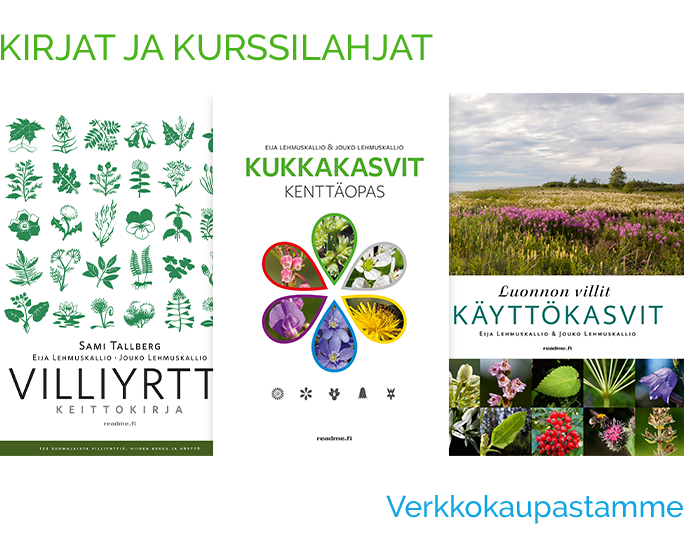Dunnock
Prunella modularis

Name also
Hedge accentor
Appearance
A mainly greyish Robin-sized perching bird with sparrow-like streaked brown colouring on wings, back and tail.
Size
Length 13–14.5 cm, weight 15–24 g.
Nest
In a juniper or young spruce at a height of 0.25–4 metres. Intricately made of moss, twigs and plant stems, lined with hair, wool and red moss heads.
Breeding
3–7 eggs laid from early May, incubated by female for 11–12 days. Fledglings remain in nest for 11–15 days. Nesting season unsually long, from May to early August.
Occurrence
Breeds in spruce woodland throughout Finland. Shy and often goes unnoticed, though sings from a prominent perch often on the top of a spruce tree. Finnish breeding population estimated at 500,000–700,000 pairs.
Migration
By day. Leaves Finland September–October, returning April–May after wintering in Central and Southern Europe. May also be observed wintering in Finland.
Diet
Invertebrates, seeds.
Calls
In flight a giggling “tsi-hi-hi-hi”. Song a short, clear and undulating refrain.
The Dunnock is the only member of the accentor family found in Finland. Dunnocks are about the same size as Robins. They have slate grey colouring on their heads, necks, chests and bellies; but their backs, wings and tails are reddish brown and streaked with darker markings, giving them a sparrow-like appearance. They also have streaking on their flanks. The sexes have similar plumage. Dunnocks have yellowish brown legs and dark brown beaks. Their irises may be reddish brown (mature birds) or greyish brown (juveniles).
